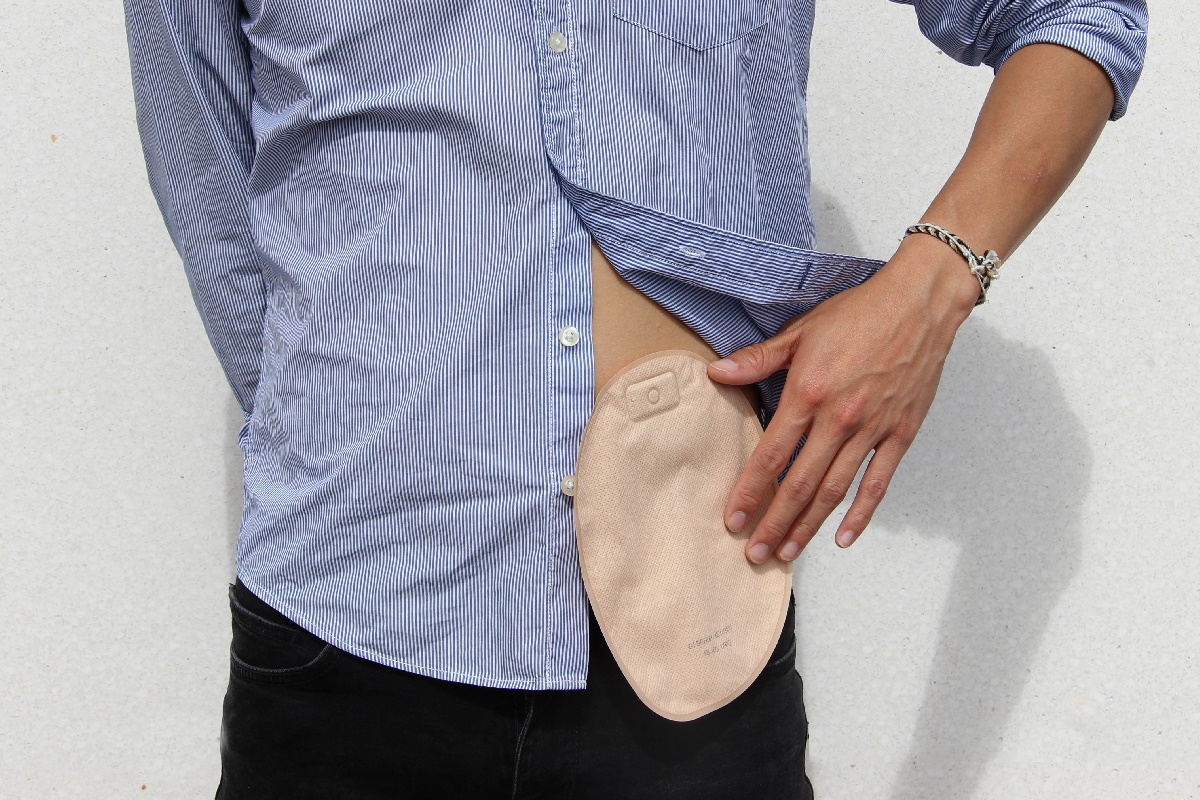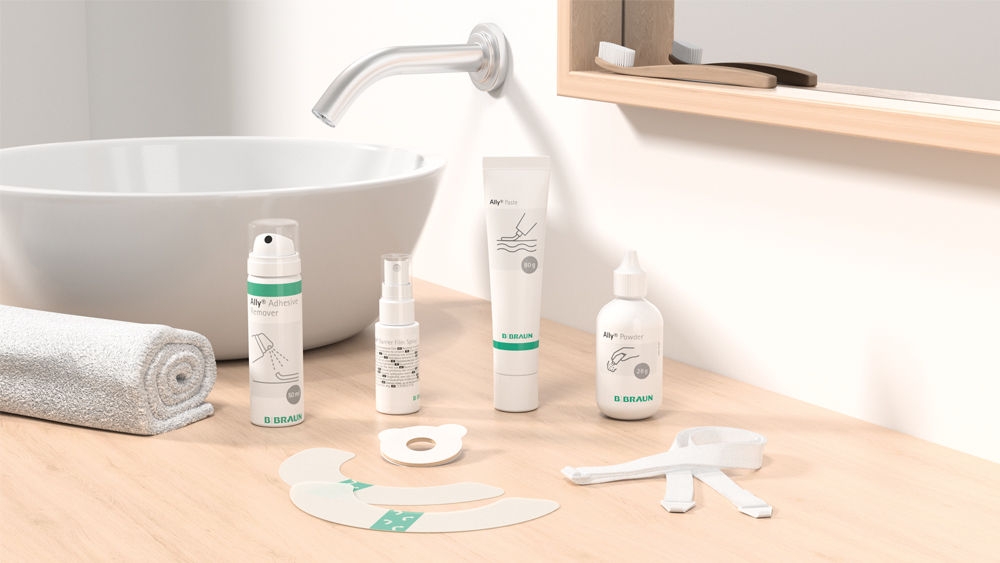No content results match your keyword.
Content
You have successfully logged out.
Not registered yet?
Having a colostomy
If you have undergone a colostomy surgery, you will need to use a stoma bag. Your stoma therapist will explain you how to cope with your stoma and your new condition. In time, you may be able to use and change your bag on your own, allowing you to be independent.

After surgery mostly a transparent bag or a bag with inspection window is prescribed in order to support bag positioning and stoma inspection. There are many different stoma appliances. Your stoma therapist and team will support you in finding the one that fits to you and your current condition.
Depending on the stoma position and other factors the stool consistency may vary from liquid or semi-liquid stool to formed stool, which also can affect your choice of ostomy bag. With a colostomy you will most likely use a closed bag but you can also use a drainable bag if it suits you better.
A common concern of people living with a stoma is having wind.[1] You might fear the reaction of others. But please do not worry as most colostomy and ileostomy bags have a filter that allows gases to escape automatically, without any odor. Such a filter is usually effective for at least 12 hours in total. However, it may become saturated or moistened by liquids. The bag then remains inflated by the gas. This occurs most often after 12 to 24 hours of wearing the bag or at the end of the night. Never make a hole in your stoma bag as this will certainly cause odors to escape.
Remember that it is important to close your filter during water immersion (showering, bathing, water sports...), by applying an adhesive patch on the filter. These patches are supplied in the stoma bags’ boxes. Remember also to remove the patch at the end of the immersion for the filter to start functioning again automatically.
Product portfolio
In the case of a one-piece system, the wafer and the stoma bag are bounded together and must be changed together.
In the case of a two-piece system, the wafer and the bag are separated, before being attached together through a coupling system. The bag can be changed while the baseplate may remain in place for several days.
Mechanical coupling system
Adhesive coupling system
Just as every person is unique, so is every stoma. That’s why B. Braun offers a diverse range of stoma care accessories – designed to support your individual lifestyle and meet the specific needs of your stoma, helping you personalize your care.
Discover Ally
Your feedback matters! Participate in our customer survey to help us enhance our website, products and services. Thank you for your support!